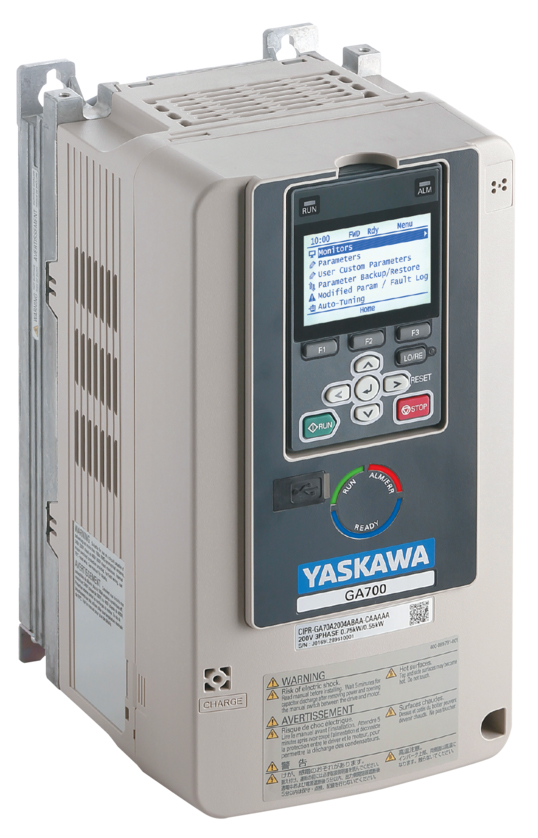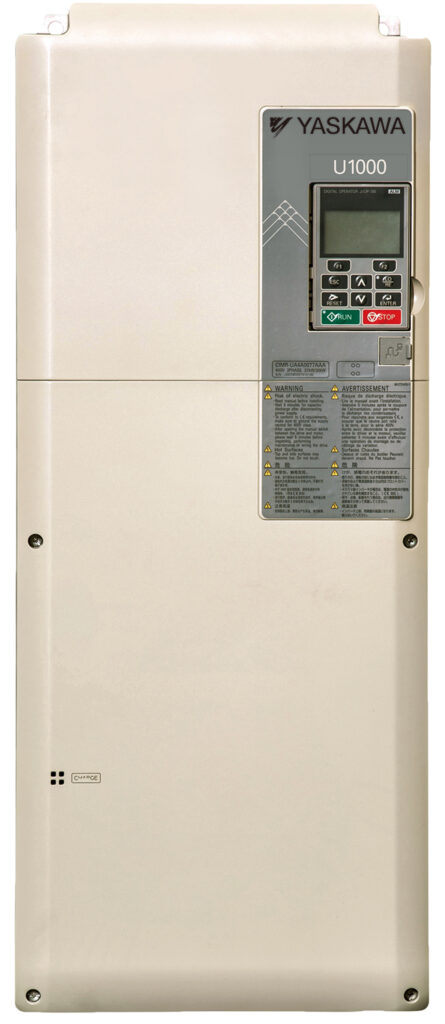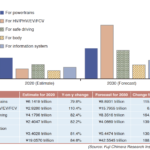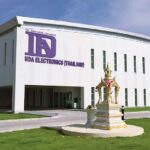ASIA ELECTRONICS INDUSTRYYOUR WINDOW TO SMART MANUFACTURING
Inverters in Sites Bring Carbon-Free Goals to Fruition
Countries have started to move to achieve carbon-neutral targets. In Japan, the government has already unveiled 2050 Carbon Neutral Declaration and undertakes to reduce by 46 percent greenhouse gases in 2030. To achieve carbon-neutral targets, inverters and other components play key role.
Inverters, which achieve significant energy savings if combined with industrial motors, play an important role in achieving the carbon-neutral targets.
Yaskawa Electric Corporation has been endeavoring, through its products and solutions, to contribute to the achievement of carbon-neutral targets.
The European Parliament website said carbon neutrality as having a balance between emitting carbon and absorbing carbon from the atmosphere in carbon sinks. Removing carbon oxide from the atmosphere and then storing it is known as carbon sequestration. To achieve net zero emissions, carbon sequestration will have to counterbalance worldwide greenhouse gas emissions.

Aims for CO2 to Virtually Zero
Yaskawa Electric has introduced YASKAWA ECO VISION as the environmental vision of the group. It aims to help reduce CO2 emissions associated with the global business activities of the group to zero (carbon neutral).
To achieve this goal, the company aims to reduce the environmental burden of customers by supplying products, such as inverters and PM motors. It aims to reduce the CO2 emission aligned with the company’ products. The target amount in 2025 is 100 times of the total CO2 emissions of the group companies.
To achieve the carbon neutral, it is necessary to reduce CO2 emission. In factories and business establishments, it starts with the reduction of the power consumption of equipment. Reduced power consumption decreases the total supply of electrical energy, also lowering fuel required for producing electrical energy. This reduces CO2 emitted during combustion.
According to the Agency for Natural Resources and Energy, the number of three-phase induction motors in Japan exceeds 100 million. Its power consumption accounts for 75 percent of that in the industrial sector in Japan and about 55 percent of the total power consumption.

Inverters Lead in Savings
The company has a rich portfolio of high-performance carbon-neutral essential products. These include the GA700 and GA500 inverters, U1000 high power-factor power-regeneration matrix converter, and D1000 high power-factor power-regeneration converter. The company also has R1000 power-regeneration unit, SS7 Series PM motor (with and without sensor), among others.
The rich portfolio contributes to the achievement of the carbon neutral targets. It is expanding proposals for energy-saving initiatives, which are to reduce electricity charges and CO2, and apply these initiatives to various industrial fields.
For example, by applying an inverter to a machine and manufacturing equipment that start with a direct-insertion motor can realize significant energy savings. In some cases, by changing an air volume control of a fan from damper control to inverter control, can reduce annual power consumption by about 45 percent. The use of induction motor realizes energy savings when replaced with the highly efficient PM motor.
In some cases, the matrix converter U1000 and the regenerative energy saving units D1000 and R1000 can convert the regenerative energy waste of braking resistors, among others, back to power supply. This enables savings of annual power consumption by half.
Bats for High Cumulative Shipment
Since the shipment of the world’s first transistor inverters in 1974, cumulative shipments have reached 30 million units in January this year. The company has commercialized many inverters equipped with the world’s first drive technology such as vector control, digital control, and IGBT drive, based on its strength in the motor control.
In 2016, the company started selling the GA700, having the most advanced motor control function. It is currently increasing sales as one of the main products of the company. The GA700 realizes cost reduction of the system including peripheral devices by the efficiency improvement with the new motor control. In addition, its excellent environmental compatibility realizes high added value of machinery and equipment.
The GA500 uses the company’s original advanced vector control technology for PM motors. As a result, it can operate, by detecting the magnetic pole position of the PM motor without a sensor and achieves 100 percent torque output at zero speed. This innovative PM motor control technology enables operation with minimum current and realizes further energy saving.
The company absorbed the PM motor business of its subsidiary Yasukawa Motor Co., Ltd into the Inverter Division in March 2019, and is accelerating the spread of the combination of PM motors and inverters.
An inverter-powered motor control enables monitoring of the operating status of the machine at high speed. Using this information helps realize high production efficiency and high quality. It can also help detect signs of abnormalities and defects in machines and equipment. This makes it possible to realize continuous and nonstop production. Based on this, the company has introduced a condition-based monitoring (CBM).




